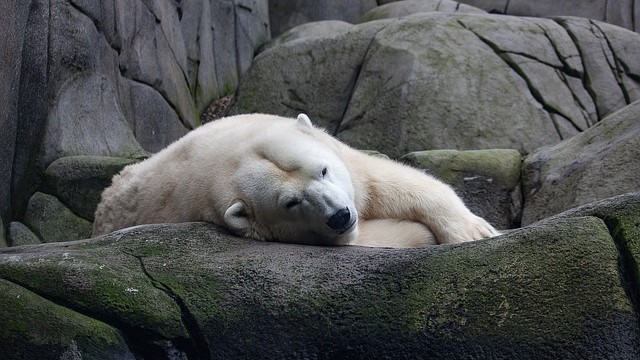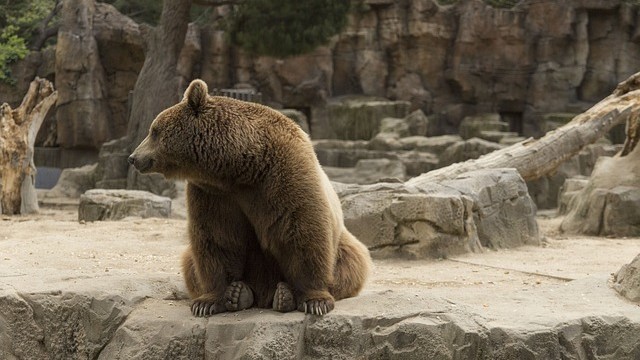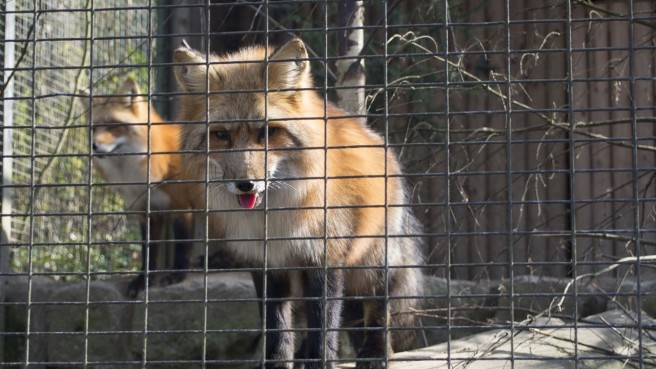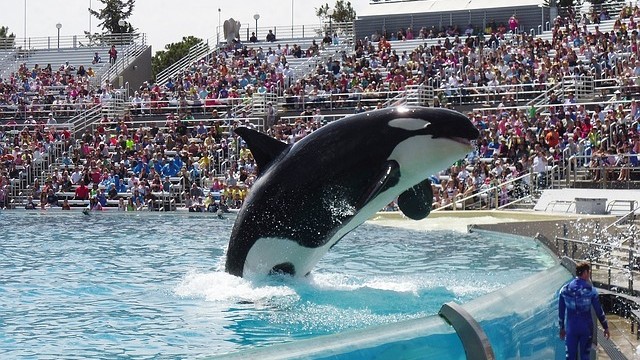There are 10,000 zoos worldwide, according to the American Zoo and Aquarium Association. 80% of them are in major cities, and Europe is home to nearly half of all of the world’s zoos!
Scrolling through Twitter the other day, I came across a blog post titled, ‘Why Animal Lovers Love the San Diego Zoo Safari Park’. The irony was not lost on me.
San Diego Zoo is one of the largest and most famous zoos in the world. It houses over 4,500 animals, and has more than 250,000 members. However, this hugely popular animal attraction has a dark side, their breeding practices lead to a “Dishonourable Mention” by IDA (In Defense of Animals animal rights organisation), during its recent annual ranking of the “Ten Worst Zoos for Elephants.”
A former animal trainer for the San Diego Zoo famously reported that the elephant exhibit was “prison-like” and “not adequate.” In 2016, the zoo caused uproar after importing 18 African elephants from their natural habitat in Swaziland, to pad out their confined elephant exhibits in 3 US parks. Hardly a stride towards the preservation of animals in their natural habitats.

There are, of course, some great arguments for the preservation and development of zoos, cleverly concocted by handsomely paid marketing teams. Arguments come in the form of funded, feel good PR campaigns, but can all be challenged:
Zoos help fight wildlife extinction
More than 90 per cent of the species kept by zoos are not endangered in the wild, with only 3 percent of British zoos’ expenditure going towards conservation projects. Around 400 pandas have been bred in captivity, with only 5 ever being released – and only three of those survived.
Alongside this, despite the 10,000 zoos worldwide, not one has been able to save the great white rhino from extinction. There are only 3 left in the whole world.
In order to mask conservation fails, zoos focus on projects that deliver impressive PR figures; zoos in Victoria, Australia had 131,000 people donate mobile phones in order to help raise money for gorilla conservation. Sounds impressive, right?

Zoos educate visitors
One of the biggest marketing sells of any zoo is that a visit to them will teach people about wild animals. Think back to a time you made a visit to a zoo. How many facts can you recall from that visit? Zoos normalise keeping animals in captivity, teaching us that it’s OK to leave them bored and confined for long periods.

Every year, disturbing numbers of Facebook and YouTube clips are posted by zoo visitors, displaying seemingly cute clips of animals ‘dancing’ and head bobbing. These performaces are all symptoms of Zoochosis, a disturbing psychological condition that often affects captive animals. Bears and big cats, such as lions and tigers, will pace back and forth. Giraffes twist their necks and bend their heads back and forth, whilst elephants bob their heads and sway side to side. Monkeys and birds will injure themselves due to stress levels. All things that Zoos fail to ‘educate’ us about.
Born Free Foundation founder, Bill Travers, wrote “We can learn as much about lions by studying them in their cages as we can about men by studying them in their prison cells”.
Zoos care about their animals
One of the biggest money makers for zoos are baby animals. Visitors are eager to see new mums nursing their babies and, as a result, most zoos have breeding programs to capitalise on this. However, all babies grow up. As adults, animals not drawing in the crowds are often sold, traded, or put on loan – causing disruption to groups and individual stress.

Edinburgh zoo is one of Scotland’s most popular visitor attractions, seeing over 800,000 visitors a year. In early 2010’s the zoo launched its new visitor attraction, Edinburgh Zoo nights. The nights boasted bars, live music, silent discos, comedy, theatre and street food. What the zoo doesn’t boast is the disruption this causes to an animals nighttime routine, and the distress caused by drunken party goers. One TripAdvisor reviewer wrote:
“Nice to be able to wander around the zoo with a beer learning about the animals. Some people had indulged too much and were shouting a screaming and scaring some of the animals”
Similar nights at London Zoo were put to an end after a lot of negative feedback, including guests commenting that one party goer reportedly poured beer on a tiger, and another allegedly attempted to undress and enter the penguin enclosure.
An animal rights charity spokesperson wrote to Edinburgh Zoo stating “Zoos are responsible for the safety of the animals in their care, and they must make that a priority.” Edinburgh zoo has yet to cancel these nights due to the profits they bring in.
Alternatives to zoos
There is a positive to all of this. With the assistance of the internet and printed media, the general public are becoming a lot more aware (and concerned) about the animal ethics behind zoos. In April 2016, BBC Two aired a Horizon documentary titled “Should we close our zoos?” Despite speaking to experts on both side of the debate, the final thought was clear, the answer was “yes”.
After the highly controversial documentary film Blackfish was aired on Netflix, Seaworld’s attendance plunged by a dramatic 14.9%, with the park incurring an 84% drop in profits. The numbers are a clear indication that people do not want to be entertained at the expense of an animal’s welfare.

There are plenty of alternatives to zoos that will allow you to experience wild animals in a much more humane and authentic manner. Here are just few to get you started:
- Visit a National Park near you.
- Try scuba diving, snorkelling or bird watching.
- Visit a sanctuary
- Visit or Volunteer at a Wildlife Rescue or Rehabilitation Centre
- Use it as an excuse to travel to visit animals in the natural countries/habitat
- Check out Workaway and other volunteer tourism sites for animal volunteer programmes in exchange for accommodation/board.
Being an Edinburgh girl, I’d like to finish off this post with a little local recommendation. The Scottish Borders Donkey Sanctuary is a wonderful rescue centre for a day out with the family. As well as rescuing donkeys, the sanctuary is also home to rescued ponies, a mule, llamas, goats, pigs, sheep, ducks and many breeds of poultry. The day out allows for petting, feeding and the opportunity to adopt.
As always, thoughts and comments are welcome.
Great post. I think it’s a tricky question because, as you mentioned, zoos are great educators. But they should be inspected and their programs and animal habitats should be scrutinized.
LikeLike
Oh I don’t think they are great educators at all, that was the point of my post. (haha)
(haha)
LikeLike